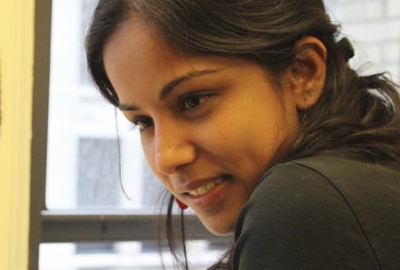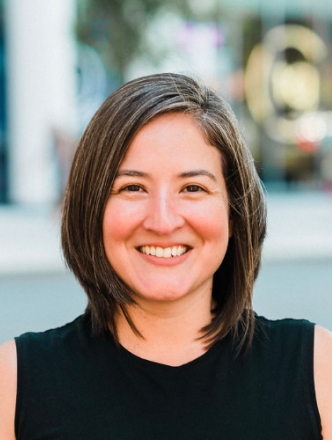
Like many school districts throughout the country, the New York City Department of Education (NYC DOE) has raised expectations for high schools over the last decade. Increasingly, the NYC DOE, parents, and other community members are judging the quality of these schools based not only on things like programs offered, test scores, and graduation rates, but also on their graduates’ post-secondary outcomes.
While it may seem intuitive that high schools are responsible for preparing students for college, it is hard to know how much influence they actually have. There are at least two reasons for this: First, high schools enroll students with vastly different incoming characteristics. This means we have to tease out the extent to which subsequent differences in college-going rates, across high schools, are a function of the differences in students’ backgrounds and experiences prior to high school—and the extent to which they are a function of tangible differences in high school practice. Second, assuming that specific school practices and conditions do play a role in college-going, we know relatively little about which practices and conditions are most important.
Using the extensive longitudinal database from The New York City Partnership for College Readiness and Success, we have been able to begin exploring both sets of questions. Our study looked at the influence of student background characteristics and high school characteristics on four-year college enrollment. We focused on students who entered 9th grade in a NYC public school in the fall of 2007 or 2008 (a total of 117,082 students in 377 high schools).
Findings
Similar to much previous literature, we found that the bulk of the variation in four-year college enrollment is within, rather than between schools. This underscores the challenge many schools face in trying to prepare their students for college: meeting a wide range of student needs.
Much of the difference in four-year college enrollment rates between schools can be accounted for by students’ academic and demographic characteristics prior to entering high school. After accounting for student background characteristics, as well as high school size and selectivity, we did find that two of the school practices we examined significantly contributed to the remaining between-school variation: high teacher expectations and access to a college preparatory curriculum. This implies that schools may be able to improve student post-secondary outcomes by developing a climate of high expectations and a challenging curriculum for students.
Implications
These findings suggest the need for a certain degree of caution when holding high schools accountable for the college outcomes of their students. If much of the variation in four-year college enrollment is explained by students’ experiences and backgrounds prior to high school, then it seems both unfair and unhelpful to punish or reward high schools based on outcomes over which they have only a modest degree of influence.
At the same time, the relatively large within-school variation also underscores the universal challenge schools face in preparing their students for entry into a four-year college. There were relatively few schools we observed where the entire student body went on to a four-year college, or where almost no students enrolled in a four-year college. Rather, almost all schools served students who had a diverse set of outcomes. This suggests that it is not only a small group of struggling high schools (or a few particularly ambitious ones) that could use more resources and guidance to prepare their students for a successful transition to college, but rather a system-wide need.
Future Research
We believe that a number of extensions of our present analysis are worth pursuing, including examining a range of other school practices and relationships. We would also like to explore whether the influence of NYC high schools on college going differs, depending on students’ race/ethnicity, socio-economic status, and academic ability. Finally, there are research designs that would allow us to take advantage of data from New York City’s high school choice process to learn about the causal effects of particular high schools on their students’ college-going outcomes.



